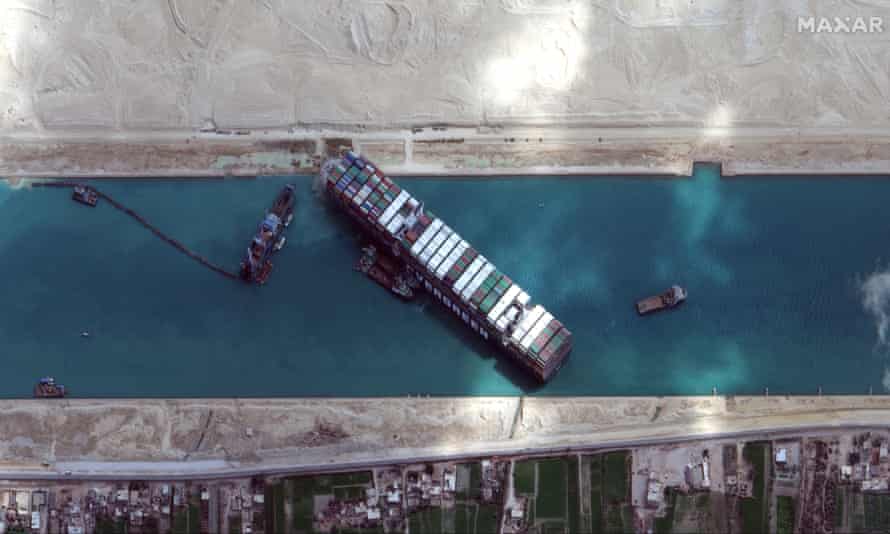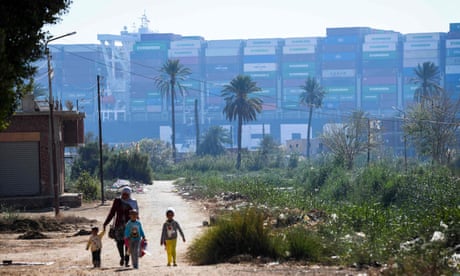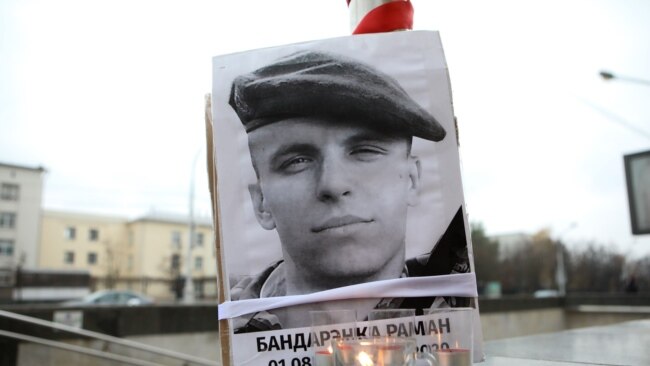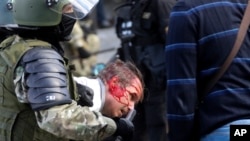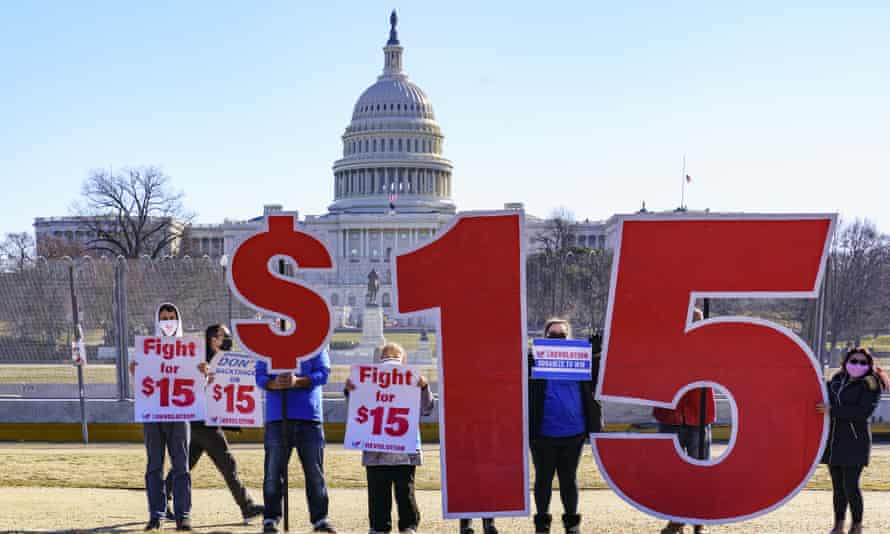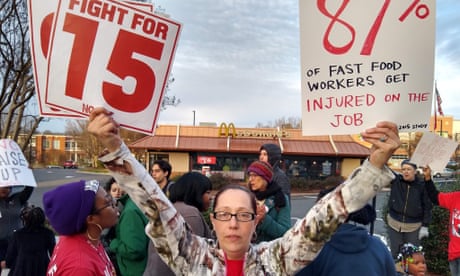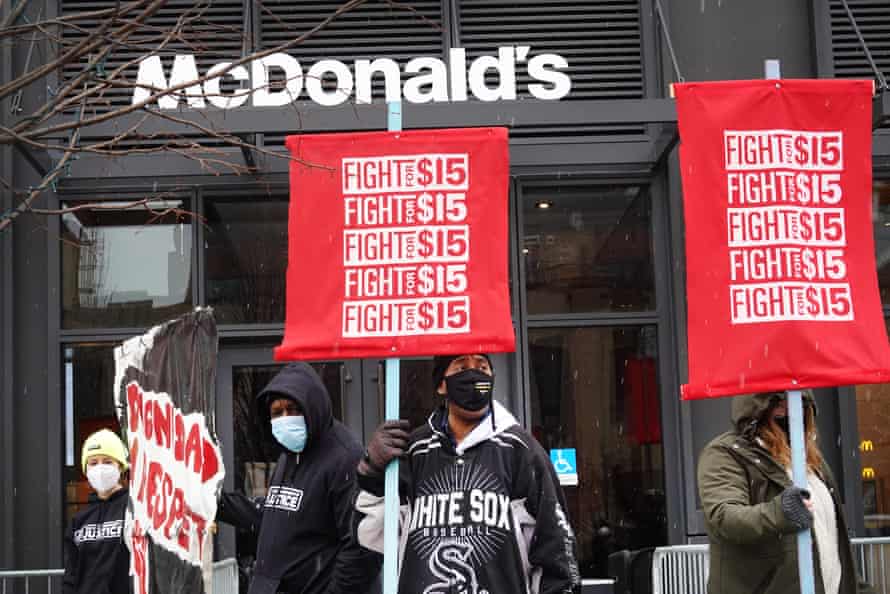
This satellite imagery released by Maxar Technologies shows the MV Ever Given container ship in the Suez Canal on the morning of March 28, 2021. (Satellite image ©2021 Maxar Technologies/AFP)
Asharq Al-Awsat
Monday, 29 March, 2021
Russia’s ambassador to Egypt on Sunday offered the country “any possible assistance”, as efforts continue to free a megaship that has been blocking the Suez Canal for nearly a week.
The MV Ever Given has been stuck diagonally across the span of the canal since Tuesday, blocking the waterway in both directions.
In comments to the state-run RIA Novosti news agency, Russian ambassador Georgy Borisenko said that Moscow is ready to help any way it can.
“We hope that this problem will be overcome in the very near future, that the work of the channel will be restored, and, naturally, we are ready to provide our Egyptian friends with any possible assistance from our side,” the ambassador said, AFP reported.
Borisenko added that Egypt has not reached out to Moscow for support, but said Russia “empathizes with what’s happening now in the Suez Canal,” describing it as “an important waterway for the whole world.”
On Saturday, Suez Canal Authority chief Osama Rabie had told reporters that the massive ship could be afloat by Sunday night.
The jam has crippled international trade and forced companies to reconsider re-routing vessels around Africa’s Cape of Good Hope, a longer and more expensive way to travel between Asia and Europe.
Another Russian ambassador had earlier this week seized on the Suez Canal blockage to promote Russia’s northern shipping route as a reliable alternative, part of a broader push by Moscow to develop the Arctic and capitalize on climate change.
Moscow has invested heavily in the development of the Northern Sea Route that allows ships to cut the journey to Asian ports by 15 days compared with the conventional route via the Suez Canal.


